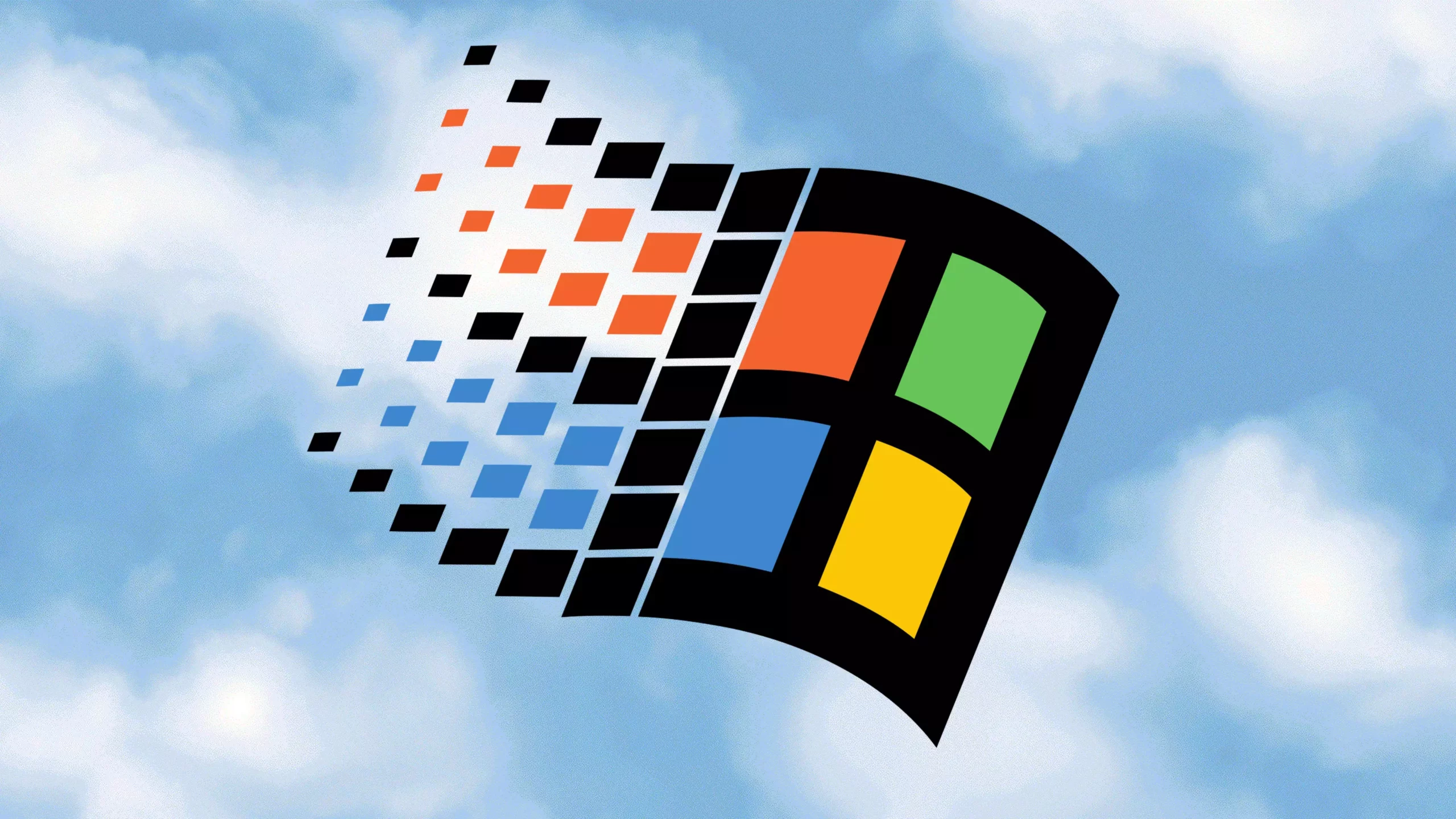In the usual narrative of retro gaming and computing, the goal often involves running console games on PCs, typically through emulation or code reverse-engineering. Recently, however, a daring hardware enthusiast, famously known as MetraByte on YouTube, flipped this conventional pursuit on its head. Instead of coaxing a PC to mimic a console, MetraByte attempted to transform a 20-year-old gaming console—the PlayStation 2—into a rudimentary PC by installing Microsoft Windows 95. This effort is less about practical utility and more a demonstration of technical creativity and perseverance, reflecting not just nostalgia but a fascination with bridging incompatible technologies.
Technical Hurdles in Hardware and Software Compatibility
At the heart of this experiment lies the fundamental hardware mismatch. Windows 95 was developed exclusively for x86 architecture CPUs, whereas the PlayStation 2 relies on a MIPS-based processor. This architectural incompatibility necessitated an x86 emulation layer capable of translating Windows instructions into something the console could understand. Installing and running an emulator is no small feat—it often introduces performance lags, system instability, and unexpected crashes. MetraByte braved these known challenges and embarked on configuring this raw setup, a process fraught with headaches reminiscent of early PC days when Windows 95 installation itself was far from smooth.
The video journey of this endeavor highlights not just the technical side but the human aspect of troubleshooting—persistent trial and error, dealing with obscure driver issues, and hardware recognition struggles. Most notably, attempts to get basic peripherals like a mouse working consistently fell flat. Though the keyboard and gamepad inputs registered with occasional success, the lack of mouse support severely hampered usability. For Windows 95 applications and especially games designed for mouse and keyboard, this was a critical shortcoming.
Gaming Ambitions and Realities
MetraByte’s project was not merely an academic exercise; it aimed to expand the PlayStation 2’s capabilities to run classic Windows software, with a particular emphasis on gaming. Why Windows 95 on a console? The answer lies partly in nostalgia, and partly in the iconic status of certain games from that era—chief among them, Doom. Getting Doom running on PS2 under Windows 95 would have been a triumphant proof of concept. Unfortunately, even when the game launched, it suffered from numerous performance and control issues, making it frustrating rather than fun.
This illustrates a key insight: while hardware modding showcases ingenuity and passion, emulating layered and outdated software environments on incongruous hardware scenarios remains essentially impractical for everyday use. The emulation AND unconventional OS installation compound the inefficiencies, resulting in a setup that functions more as a novelty or conversation piece than a productive gaming solution.
Implications and Reflections on Retro Tech Modding
What can we learn from MetraByte’s ambitious project beyond its entertaining failure? Firstly, it serves as a reminder that nostalgia-fueled tech experiments require patience, deep technical knowledge, and a readiness to embrace imperfection. It isn’t enough to simply “install” an operating system on incompatible hardware; substantial effort must be invested in finely tuning emulators and managing hardware interfaces.
Moreover, the project subtly hints at the limitations of backward compatibility and speaks to the intrinsic design locked in old consoles—systems purpose-built with very specific hardware-software ecosystems. The PlayStation 2 was engineered for a particular gaming experience, not as a general-purpose PC, no matter how compelling the desire to repurpose it may be.
Finally, MetraByte’s trial invites a broader conversation about the evolving relationship between hardware, software, and user expectations. Enthusiast ventures like these reveal the beauty of creative problem-solving in tech, even when outcomes aren’t entirely successful. They remind us that exploration often leads to new understanding, innovation, and sometimes, surprisingly, a bit of charming entertainment.

